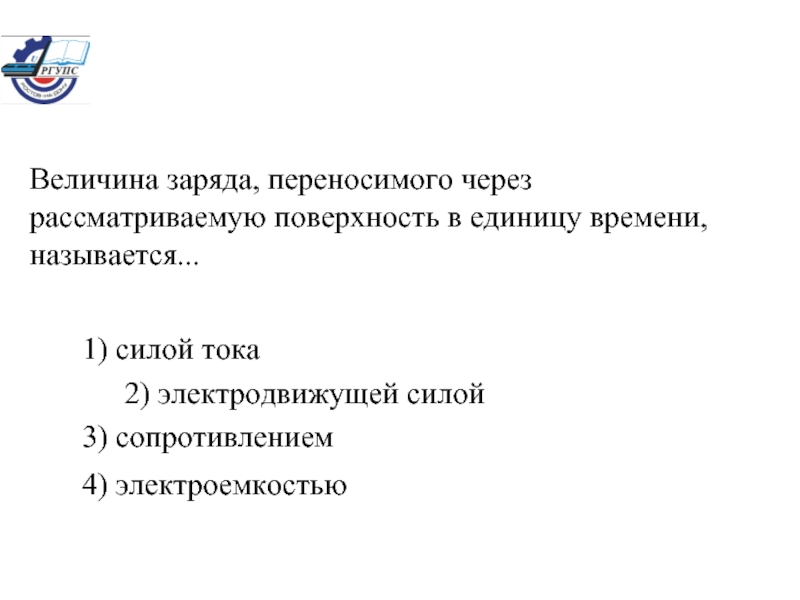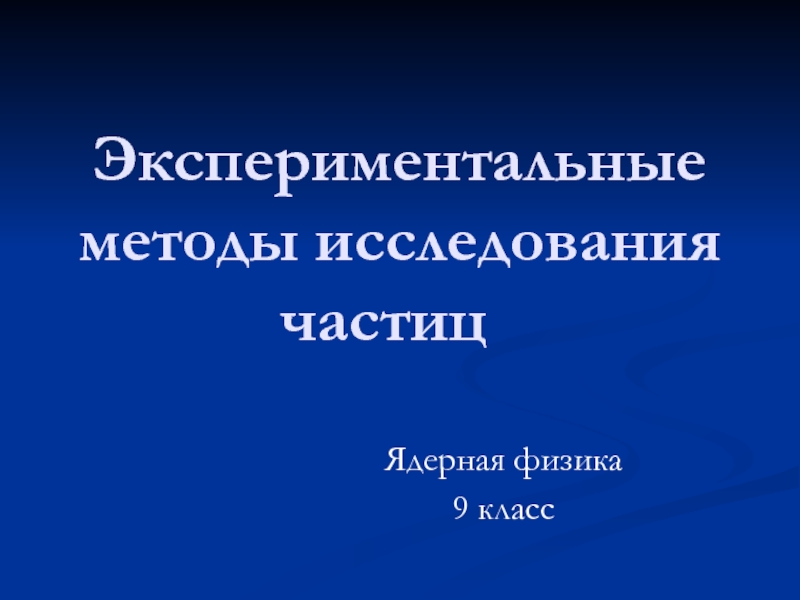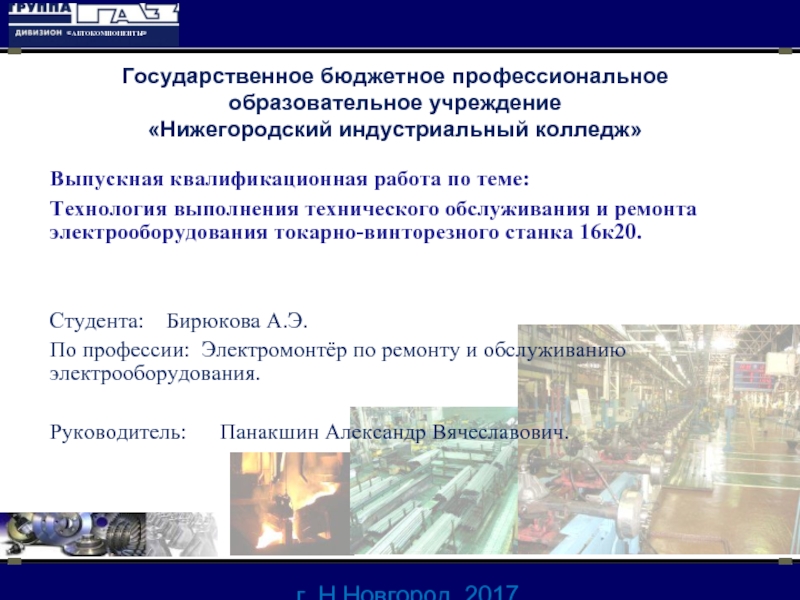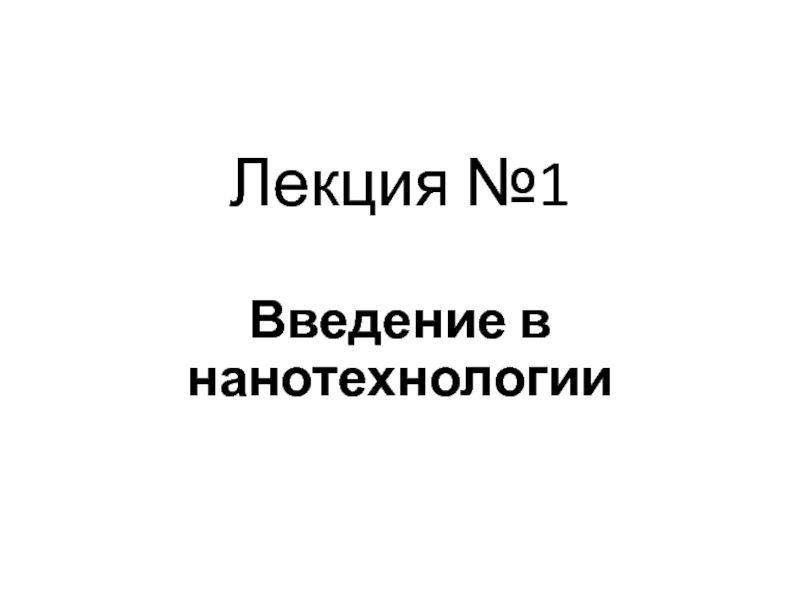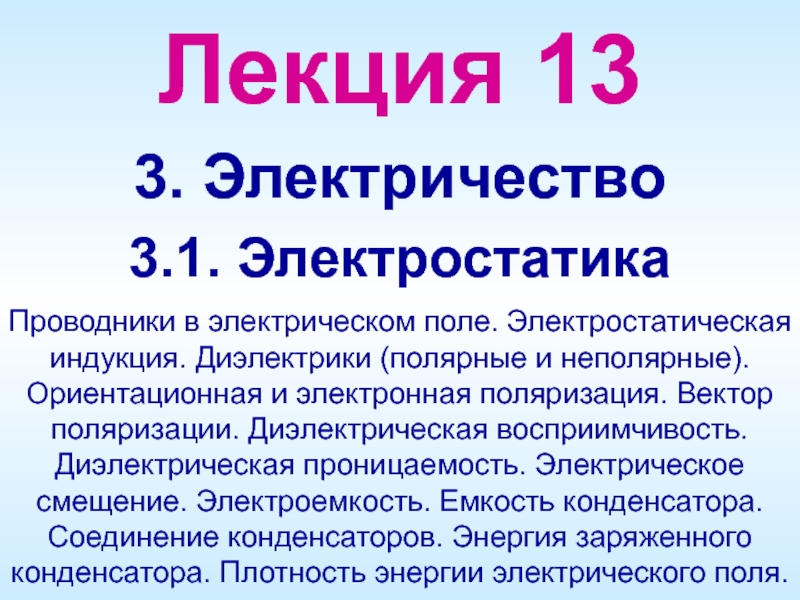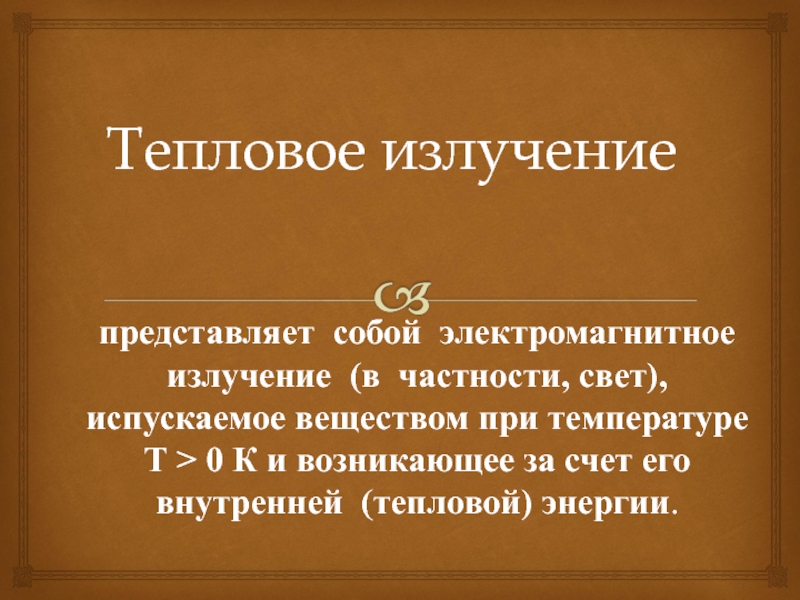K. Gorchakov, E. Gusev, A. Kasaev, E. Kenzhbulatov, I. Koop, I. Korenev, G. Kurkin, N. Lebedev, A. Levichev, P. Logatchov, A. Lysenko,
D. Nikiforov, V. Prosvetov, S. Samoilov, P. Shatunov, Yu. Shatunov, D. Shwartz, I. Zemlyansky, Yu. Zharinov, F. Emanov1, Yu. Rogovsky1, A. Senchenko1, A. Starostenko1,
Budker Institute of Nuclear Physics SB RAS, Novosibirsk, Russian Federation
1also at Novosibirsk State University, Novosibirsk, Russian Federation
* This work has been supported by Russian Science Foundation (project N14-50-00080)
† d.e.berkaev@inp.nsk.su
Abstract
The upgrade of VEPP-2000 e+e- collider injection chain includes the connection to BINP Injection Complex (IC) via newly constructed transfer line K-500 as well as upgrade of the booster synchrotron BEP to the energy of 1 GeV. Modernization has started in the middle of 2013 and now the electron and positron beams with highly in-creased production rate together with top-up injection from BEP are ready to feed VEPP-2000 ring and provide design luminosity at the whole energy range limited only by beam-beam effects. The design and operation experience of IC damping ring, 250 m transfer channel and booster BEP dealing with 2.6 T magnets at top energy will be presented.
INTRODUCTION
VEPP-2000 electron-positron collider [1] was com-missioned and spent three successful runs 2010-2013 collecting data at while energy range of 160 ¬– 1000 MeV per beam [2]. During this work VEPP-2000 used the injection chain of its predecessor VEPP-2M [3. That machine operated at respectively low energy (< 700 MeV) and showed luminosity 30 time lower than designed value of 1032 cm-2s-1 for VEPP-2000 at 1 GeV per beam. The positron production rate was not enough to achieve beams intensity, which is limited by beam-beam threshold only. This restriction will be overcome by link up via 250 m beamline K-500 to the new BINP Injection Complex VEPP-5 [4] capable to produce intensive electron and positron high quality beams at energy up to 510 MeV (see Fig. 1).
Figure 1: VEPP-2000 injection chain.
REFERENCES
[1] Yu. Shatunov et al., "Project of a New Electron-Positron Collider VEPP-2000", EPAC'2000, Vienna, Austria, p.439.
[2] A. Romanov et al., "Status of the Electron-Positron Collider VEPP-2000", NaPAC'2013, Pasadena, USA, p.14.
[3] G.M. Tumaikin et al., HEACC'1977, Serpukhov, USSR, p.443.
[4] A. Starostenko et al., "Status of Injection Complex VEPP-5: Machine Commissioning and First Experi-ence of Positron Storage", IPAC'2014, Dresden, Ger-many, p. 538.
[5] V.V. Anashin et al., "Damping Ring for Electrons and Positrons BEP", BINP preprint 84-114, Novosibirsk, 1984.
[6] D. Shwartz et al., “Booster of Electrons and Positrons (BEP) Upgrade to 1 GeV”, IPAC'2014, Dresden, Ger-many, p. 102.
[7] Z. D. Farkas et al., “SLED: Method of Doubling SLAC’s Energy”, HEACC’74, p 597.
INJECTION COMPLEX VEPP-5
VEPP-5 Injection Complex consists of electron gun, 270 MeV driving electron linac, 510 MeV positron linac and dumping ring. Damping ring stores and cools down both electron and positron beams for the next extraction to K-500 beam transfer line (see Fig. 2). Main designed parameters of VEPP-5 Injection Complex are presented in Table 1.
Figure 2: VEPP-5 Injection Complex Layout.
Table 1: Main project parameters of VEPP-5 Injection Complex
Linac
Disk-loaded travelling-wave structures are used in order to accelerate electrons and positrons. Cross section of VEPP-5 RF structure is shown in Fig. 3. Both Linacs include14 RF structures and operate at frequency of 2856 MHz. They are powered with four SLAC 5045 klystrons equipped with SLED [7] power compression system each. Main beam parameters are presented in Table 2.
Figure 3: Linac RF structure. 1 – regular cell, 2 – wave type transformer,
3 – junction cell, 4 – junction diaphragm, 5 – cooling circuit.
Table 2: VEPP-5 Linac main beam parameters
Conversion system
VEPP-5 conversion system consists of electron focusing system, tantalum target and magnet flux concentrator, that forms high-level “axial” magnetic field to achieve an additional (dominating) fitting of the phase space of the e+ after the target and before the first e+ accelerating section.
Figure 4: VEPP-5 Conversion system (e focusing not shown). a) 1 – movable target holder, 2 – magnet flux concentrator, 3 – target; b) magnetic measurements; c) positron beam phase portrait after the target (inacceptable linac area in gray); d) positron beam phase portrait after the flux concentrator.
Table 3: VEPP-5 flux concentrator parameters
VEPP-5 Beam Production Rate
Table 4: VEPP-5 beam production
Repetition rate is decided to be kept under 12.5 Hz due to VEPP-5 operation experience: some subsystems, like injection/extraction system, require more powerful cooling and some radiation aspects should be reconsidered before planned repetition rate increasing.
Nevertheless, 4.2·1010 of the particles corresponds to 70 mA circulating beam in the Damping Ring – it exceeds VEPP-5 project parameters (see Table 1) more than twice.
K-500 BEAM TRANSFER LINE
The K-500 beam transfer line was turned into operation at BINP in the end of 2015. This beamline to VEPP-2000 facility are designed to the energy of 510 MeV, it has the length of approximately 250 meters, and consists of three main sections: descent from Damping Ring to K-500 tunnel, regular FODO structure in the tunnel and lifting to the VEPP-2000 facility (BEP hall). The fragment of the transfer line are shown in Fig. 5.
Figure 5: VEPP-5 – VEPP-2000 beam transfer line (right down corner – view of the beam at the phosphor screen at the end of transfer line).
Up to date only electron beams have been delivered to VEPP-2000 facility. Positron beams extraction from Damping Ring and their transferring with the K-500 channel is in progress now.
VEPP-2000 FACILITY UPGRADE
Booster BEP
Upgraded and turned in operation in 2016 booster synchrotron BEP designed to capture, cooling and storage positron and electron beams at the energies up to 510 MeV. It consists of 12 FODO cells. Each cell houses 30° sector dipole, two quads and straight section, used for RF-cavity, kickers, injection/extraction septum, diagnostics, vacuum pumping, etc. Booster layout is presented in Fig. 6; main parameters are listed in Table 5.
Figure 6: Booster synchrotron BEP layout.
Table 5: Upgraded BEP main parameters @ 1 GeV
To achieve the target beam energy all magnetic elements was significantly strengthened during the BEP ring upgrade.
Magnet System
After the significant modification, the field of 2.6 T was achieved in the normal conducting dipole magnets [6]. For the reason of consequently feeded BEP quadrupole magnets, their excitation curve was fitted to the dipole magnets one to avoid discrepancies: the main destination of the BEP ring – accelerating the beams form injection energy to 1 GeV. This increasing was achieved with two ways: decreasing of the magnetic elements aperture and increasing feeding current up to 10 kA.
Vacuum, RF System and Beam Diagnostics
To use the vacuum system after magnetic components modernization aluminum chamber have been deformed locally inside the dipole magnet so as in the small quad. The vacuum chamber was dismounted, modified and installed back during the upgrade.
Controversial to vacuum system 110 kV and 174.376 MHz RF cavity was made anew. The cavity will allow injecting and storing short beams, coming from VEPP-5 facility with the upgraded efficiency.
Beam diagnostic system based on six CCD-cameras,
and five electrostatic pickups remains unmodified.
Transfer Line from BEP to VEPP-2000
The transport of accelerated to 1 GeV bunches from BEP to VEPP-2000 collider needs significant modernization of transfer line. The most important one is the manufacturing of new bending magnets (17.2°, 41.2°) with the same radius and field as BEP dipoles. Fed in series with BEP magnets channel's ones should have the same excitation curve.
CONCLUSION
At the present, all the injection chain are tested and proved its successful operation. Electron beams from Injection Complex VEPP-5 are routinely transferred to VEPP-2000 facility. Upgraded booster BEP captures the beam with the efficiency of 40 – 50%. Collider VEPP-2000 successfully turned into operation with the electrons at the energy 510 MeV. Positrons are now captured and stored in the Damping Ring with the high efficiency and will be delivered to VEPP-2000 collider.
Finally upgraded and commissioned injection chain will allow operating of VEPP-2000 collider in fabric mode at the whole energy range from 160 MeV to 1 GeV.
Luminosity vs. beam energy 2010-2013
VEPP-2000 team
VEPP-5 team

